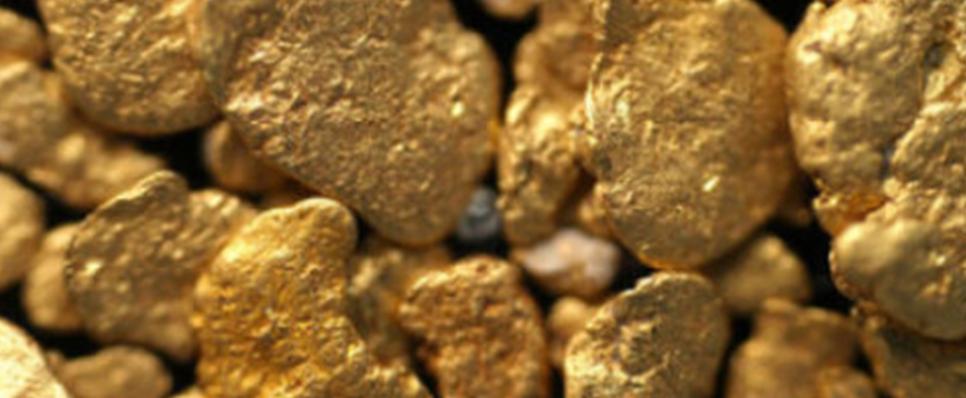Published: 01 Sep 2017
All the Earth’s gold comes from meteors

Film maker James Cameron’s spectacular Avatar – and his much earlier film Aliens – were both built around stories of exploring other planets for precious metals. Native Americans from the pre-Columbian era believed gold, that dazzling yellow metal, captured the power of the sun god; they may well have been right in believing the element was other-worldly. Geologists studying the origin of metals now say that all the world’s deposits of gold came to be after a huge meteor hit the Earth during its early years.
Geologists at the University of Bristol say that molten rock sank to the centre of the Earth during its formation, that time period when volcanoes and molten rock still heaved on the planet. Most of the iron and other heavy metals sank from the outer layer of the Earth towards its centre, taking much of the planet’s precious metals with them.
Matthias Willbold, a geologist at Imperial College London, likens the process to droplets of vinegar collecting at the bottom of a dish of olive oil. This suggests that at some point the Earth’s upper layers did not have any gold until the meteor hit 200 million ago, and changed the Earth’s fortunes immensely.
While there is only about 1.3 grams of gold per 1,000 tonnes of other material in the Earth's 25 mile thick crust, it is too much gold to fit within the standard models that seek to explain our planet's formation. In an interview with BBC News, Willbold says the theory fits with current understandings of meteorite activity and patterns, which climaxed during a storm that took place more than 3.8 billion years ago, referred to as the "terminal bombardment."
Today, majority of scientists hold this theory as a way of explaining gold's abundance on our planet. However, a small group of scientists hold an alternative, opposite theory. Their proposition is that all the gold in the Earth's crust - or the overwhelming majority of it - was present since the planet’s early years.
While the majority was alloyed with iron under extreme conditions and migrated to the Earth's core, a considerable proportion - perhaps 0.2% - dissolved into a 700km deep magma "ocean" within the Earth's outer mantle. This gold was later brought back up to the outer later by volcanic action and is the same gold we mine and use as jewellery today.











